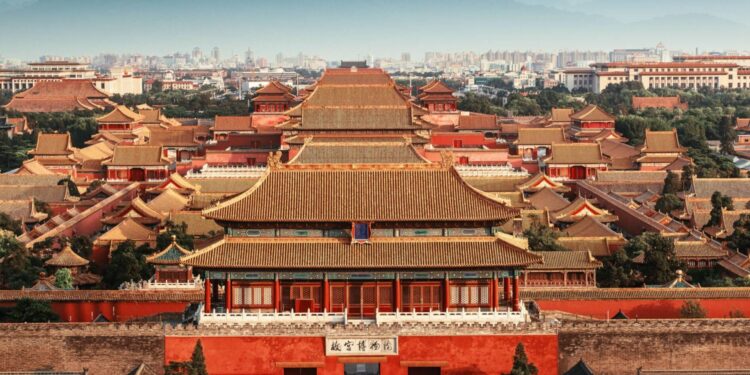Rising Tensions: Analyzing China’s Economic Response to Trump’s Claims
Following former President Donald Trump’s recent comments about the state of China’s economy, tensions between the United States and China have escalated once more. Trump has made a series of statements suggesting that China’s economic situation is dire, referencing various economic metrics and geopolitical events. In retaliation, Chinese officials and media have strongly contested these assertions, labeling them as exaggerated and part of a larger trend of misinformation aimed at diminishing China’s global reputation. As the two largest economies in the world find themselves at a critical juncture within a complicated geopolitical framework, this exchange highlights their ongoing rivalry and the difficulties inherent in managing international relations amid economic volatility and political maneuvering. This article delves into China’s official responses to Trump’s remarks, examines the context behind these economic narratives, and considers their implications for future U.S.-China relations.
China’s Economic Strength Amid Trump’s Claims
In light of former President Donald Trump’s claims regarding challenges facing the Chinese economy, Beijing has showcased its resilience and adaptability amidst global economic pressures. While Trump’s narrative suggests significant turmoil within China’s economy, officials from Beijing emphasize a strong growth trajectory driven by domestic consumption patterns, technological innovations, and strategic investments across vital sectors. They highlight several indicators that reflect this strength:
- Consistent GDP Growth: Despite external challenges, China continues to report positive GDP growth rates indicative of its robust economic structure.
- Technological Advancements: The nation prioritizes investment in emerging fields such as artificial intelligence (AI) and renewable energy to lessen reliance on foreign technologies.
- Diverse Export Markets: Efforts to broaden market access have mitigated some effects from tariffs imposed by the U.S., showcasing adaptability in trade strategies.
A recent study illustrates how effectively China has adjusted its trade dynamics; despite geopolitical strains, it maintains a trade surplus reflecting sustained demand for its products globally. The following table outlines shifts among major trading partners along with year-on-year export growth figures:
| Trading Partner | % Growth Year-on-Year | |||
|---|---|---|---|---|
| The United States | 2.5% | |||
| The European Union | 3.8% | |||
| The ASEAN Region | 6 .0 % | |||
| Japan < td >4 .2 % This data underscores both the intricacies present within today’s trade environment while also highlighting China’s capability to navigate through obstacles while sustaining its economic progress. As government representatives reaffirm their commitment towards sustainable development strategies , discussions surrounding China’s economy remain complex rather than simplistic. Deciphering China’s Strategy Against Economic AllegationsCounters against allegations regarding an economically distressed state are being strategically employed by China following Trump’s assertions . Government representatives consistently underscore sustained growth metrics , reporting an impressive GDP increase of around 6% over last year—an assertion starkly contrasting claims about suffering economies . Additionally , they spotlight strong trading relationships which continue yielding solid export figures despite prevailing global uncertainties . Key components characterizing this communication strategy include :
|






























